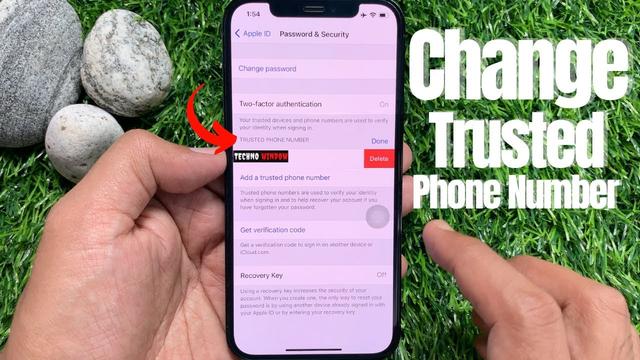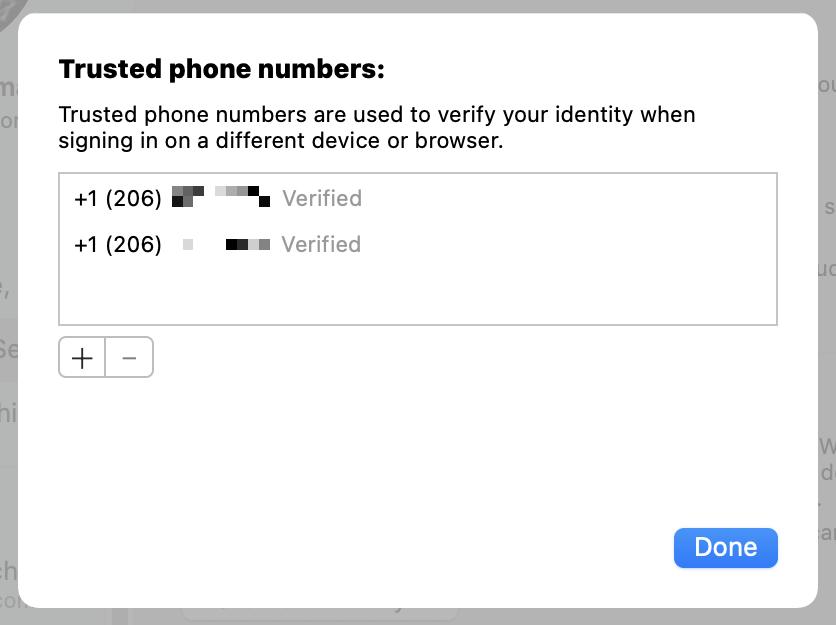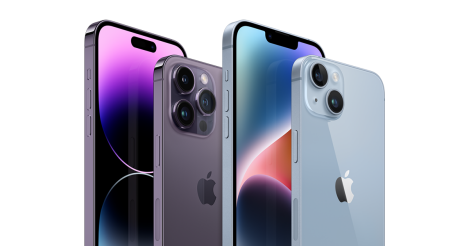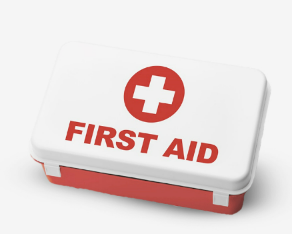How to remove or change trusted phone numbers from an Apple ID account
Apple's two-factor authentication system deflects access to your Apple ID account by requiring that in addition to your password you also have to provide a code that arrives either through a trusted device (an iPhone, iPad, or Mac) or a trusted phone number—one that's been verified after having been added. Trusted devices are an easier set to manage, because they represent all devices logged into the same Apple ID for use with iCloud. Trusted numbers are a different matter.
I've long recommended adding not just your own cellular or other phone numbers as trusted numbers, but also that of someone trustworthy who is close to you, like a life partner or family member. That gives you a backup in validating your account should suffer a massive theft, an accident that destroys gear, or you lose all your hardware.
But I've received occasional correspondence, particularly from businesses, who want to remove trusted numbers because they…no longer trust the person whose number it is or they no longer have an association with that person.
It's simple to remove a trusted number, but you must be sure first that you still have access to trusted accounts for the account. Otherwise, you could lock yourself out.
When logging into your Apple ID in various places, you should receive an alert on your trusted devices.You can test whether you have trusted devices associated properly by attempting to log into the Apple ID website. It always requires a second-factor code to access your account details if you don't used a stored identity in versions of iOS, iPadOS, or macOS and Safari that support that. You should receive an alert on all trusted devices noting that someone is trying to access your account, with a small preview of a map and two buttons: Allow or Don't Allow.

If you see this, tap or click Allow, enter the code that appears in the appropriate locations on the Apple ID site, and confirm the login was successful.
If you don't receive the Allow/Don't Allow prompt on any device, you should troubleshoot why that is. You may have set up two-factor authentication for an Apple ID account you don't have logged into an iPhone, iPad, or Mac. I've recommended this as a way of dealing with Apple IDs used solely for purchasing media and apps, something many of us wound up with if we used Apple's systems for a long time, as purchasing and cloud-based systems once used separate accounts.
In that scenario, you need to re-associate a trusted device with the account so you don't unintentionally lose access when deleting a trusted phone number. I've recommended using a secondary account on a Mac that has its iCloud account set to be your purchasing Apple ID. (An iPhone or iPad can only be associated with a single Apple ID for iCloud; on a Mac, each account can have a separate iCloud-associated Apple ID, but they're only active when you're logged into that Mac account.)
If you've done that, log into that Mac account and see if you receive the two-factor prompt and code there. If not, you should use an existing trusted phone number under your control to set up that secondary Mac account.
Now you can remove trusted number you don't want to keep active:
You can remove trusted numbers in several places, including here in Big Sur's Apple ID preference pane.This Mac 911 article is in response to a question submitted by an anonymous Macworld reader.
Ask Mac 911
We've compiled a list of the questions we get asked most frequently along with answers and links to columns: read our super FAQ to see if your question is covered. If not, we're always looking for new problems to solve! Email yours to mac911@macworld.com including screen captures as appropriate, and whether you want your full name used. Not every question will be answered, we don't reply to email, and we cannot provide direct troubleshooting advice.



